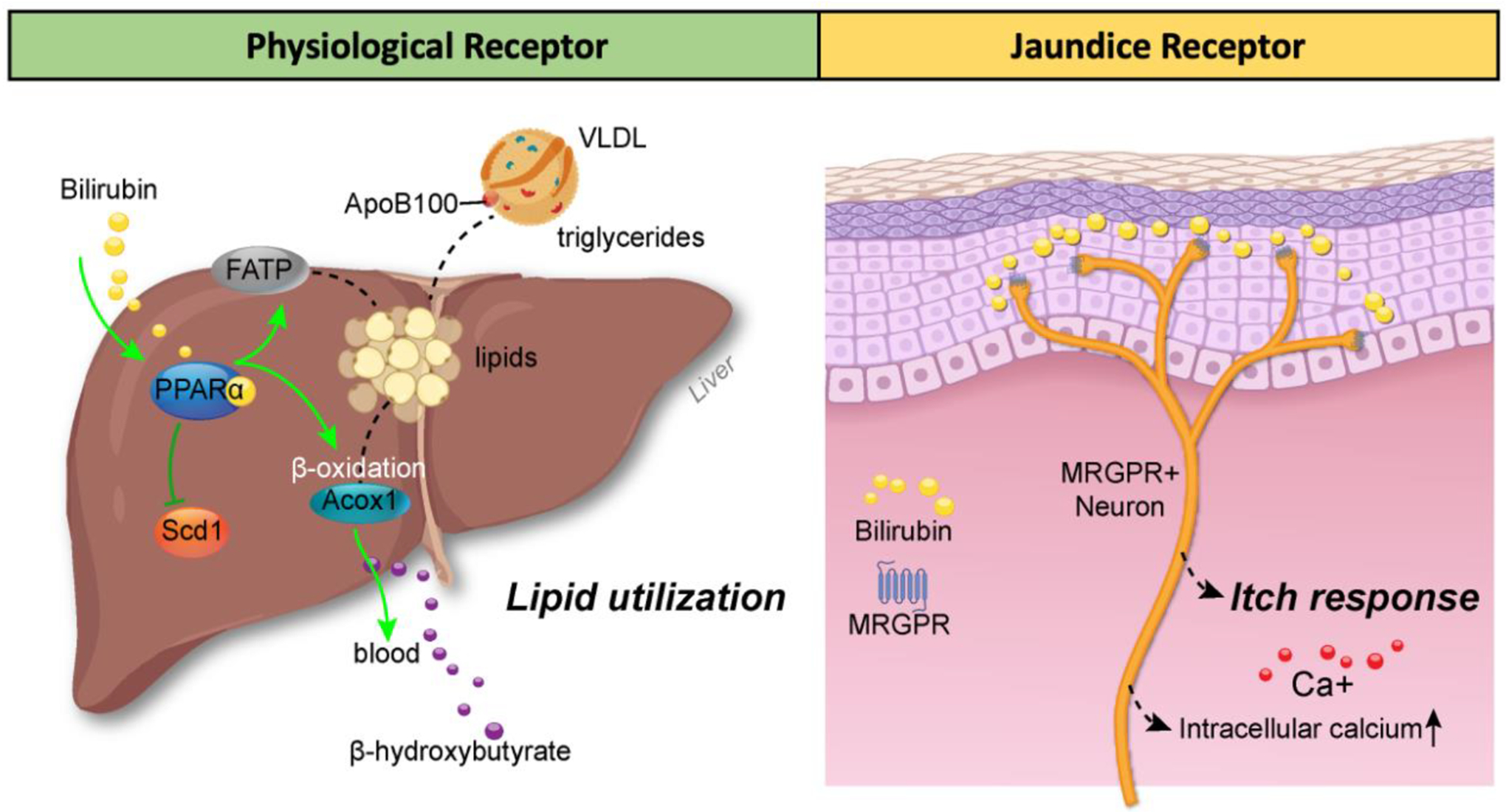Figure 2. Bilirubin responses in tissues via direct binding to receptors.

(A) Bilirubin activates the PPARα nuclear receptor transcription factor at physiological levels to regulate lipid utilization by increasing genes (ACOX1) for fat-burning β-oxidation and suppressing genes (SCD1) for de novo lipogenesis [10,15]. The PPARα-bilirubin interaction also induces lipid uptake genes such as fatty acid transporters (FATPs) and suppresses very low-density lipoprotein (VLDL) secretion from the liver and triglyceride entry to the blood to lower levels. The resultant product from PPARα-bilirubin is lipid utilization and production of the ketone β-hydroxybutyrate, which is excreted and used as an alternative energy source to glucose [146,147]. (B) The itch receptor (MRGPR) is activated by bilirubin at pathological levels (>150 μM), which increases intracellular calcium activation in MRGPR-positive neurons, activating pruritus (itching response). This figure was created by Matthew Hazzard at the University of Kentucky College of Medicine.
